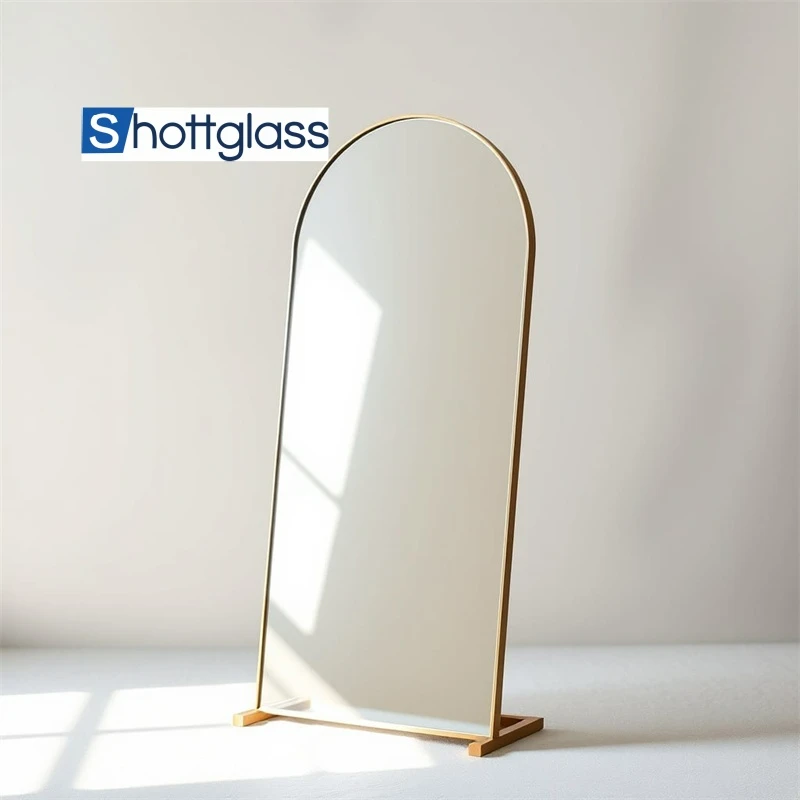Oct . 12, 2024 10:40 Back to list
The Benefits of Low Emissivity Glass and AR Glass for Modern Buildings
When it comes to creating energy-efficient, aesthetically pleasing, and functional windows, glass selection plays a vital role. Two prominent types of glass used in the industry today are low emissivity glass and AR glass. Both offer distinct benefits for residential and commercial buildings, yet they serve different purposes. This article explores the differences between these two types of glass and their individual benefits, giving you a clear idea of which is best suited for your needs.
What Are Low Emissivity Windows?
Low emissivity windows are a popular choice in energy-efficient buildings due to their ability to regulate heat transfer. Low emissivity glass, commonly referred to as Low-E glass, is coated with a thin metallic layer that reflects infrared heat. In winter, this reflective coating helps to keep heat inside the building, reducing the need for additional heating. Conversely, during the summer, it reflects the sun’s heat back outside, helping maintain cooler indoor temperatures. This means lower energy bills and a more comfortable living or working environment.
The metallic coating used on low emissivity windows does not significantly interfere with the amount of visible light entering the room. As a result, they offer a clear view while contributing to energy efficiency, making them an excellent option for homes, office buildings, and any structure aiming to reduce energy costs.
Low Emissivity Glass vs. AR Glass: Understanding the Difference
While low emissivity glass is designed for energy efficiency by reflecting heat, AR glass (anti-reflective glass) serves a different purpose. The primary function of AR glass is to reduce glare and improve light transmission. This type of glass is treated with a special coating that minimizes reflections, which makes it ideal for applications where clear visibility is crucial, such as storefronts, display cases, or even solar panels.
Where low emissivity glass focuses on insulation, AR glass excels in delivering higher transparency and clarity. For example, in environments where sunlight or artificial lighting causes unwanted glare, AR glass ensures that visibility is maintained without any distracting reflections. This makes AR glass highly desirable in places such as museums, galleries, and retail environments, where the display of items must remain unobstructed by glare.
Low Emissivity Glass and AR Glass in Modern Architecture
Both low emissivity glass and AR glass are valuable in different applications, offering modern solutions for various building needs.
Low emissivity glass is most commonly used in residential and commercial windows. Its ability to regulate heat makes it ideal for environments that need efficient temperature control. Low emissivity windows are commonly found in energy-efficient homes and buildings that prioritize reducing carbon footprints and lowering utility bills.
On the other hand, AR glass is used in settings where maximizing light transmission and clarity are more critical. Applications include large storefront windows, high-end retail displays, and places like airports or train stations where clarity and visibility are essential. AR glass can also be used in high-tech applications, such as in solar panels, where its ability to transmit light without reflecting it is essential for maximizing energy absorption.
Why Choose Low Emissivity Glass and AR Glass?
Both low emissivity glass and AR glass offer unique advantages, making them excellent choices depending on your specific project requirements.
Energy Savings with Low Emissivity Glass: If energy efficiency is your main concern, low emissivity windows are your best option. The ability to retain heat in colder months and reflect heat during warmer seasons helps keep indoor environments comfortable while minimizing energy usage.
Clear Visibility with AR Glass: For projects that require minimal glare and maximum light transmission, AR glass is the superior choice. It ensures that the visibility of items or the view through windows is not obstructed by unwanted reflections, making it an ideal solution for display windows or public areas.
In conclusion, both low emissivity glass and AR glass serve essential roles in modern architecture and construction. Whether you need better insulation or clearer visibility, these advanced glass options provide the ideal solutions for enhancing the performance and aesthetics of your building.
-
Types of Reflective Glass
NewsNov.17,2025
-
What Is Dichroic Glass?
NewsNov.17,2025
-
Smart LED mirrors can have touch controls
NewsNov.17,2025
-
Laminated glass improves energy efficiency
NewsNov.17,2025
-
Insulated glass enhances building comfort
NewsNov.17,2025
-
Acid etched glass offers elegant privacy
NewsNov.17,2025
Related PRODUCTS














